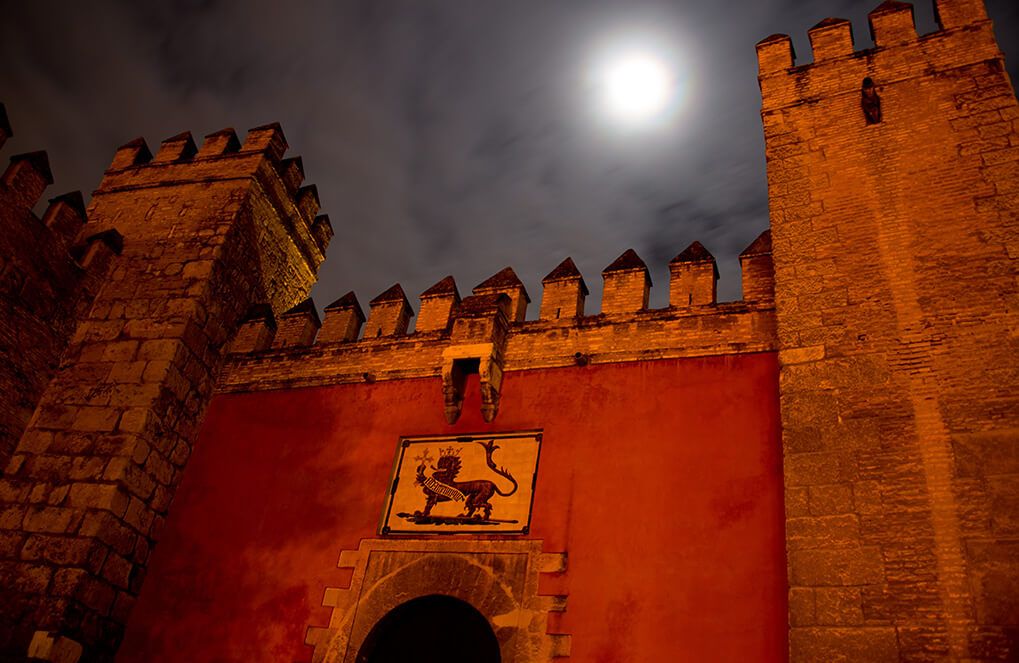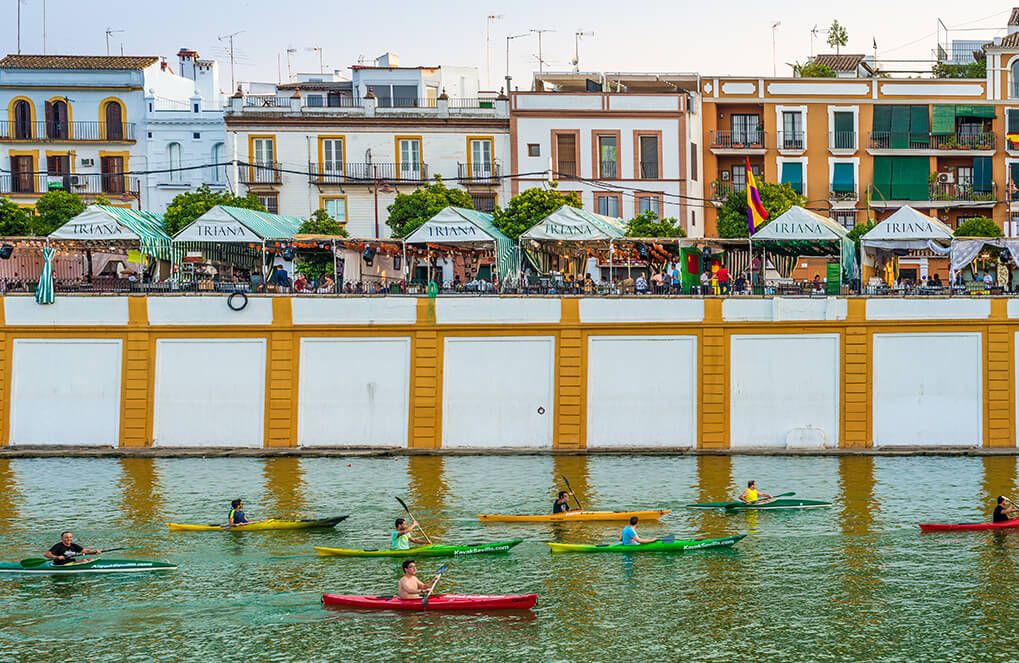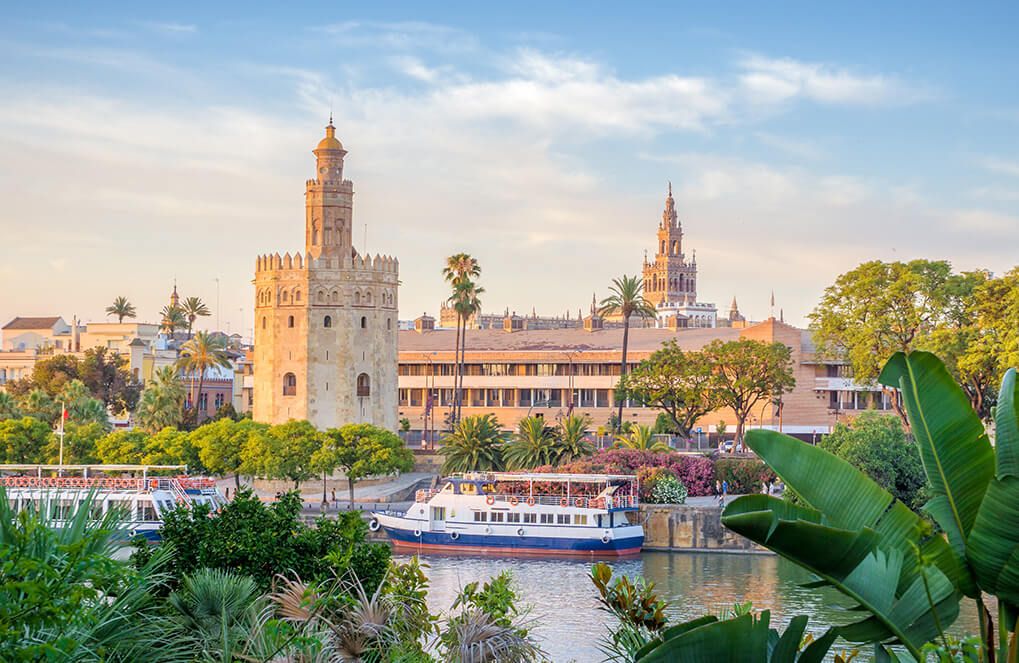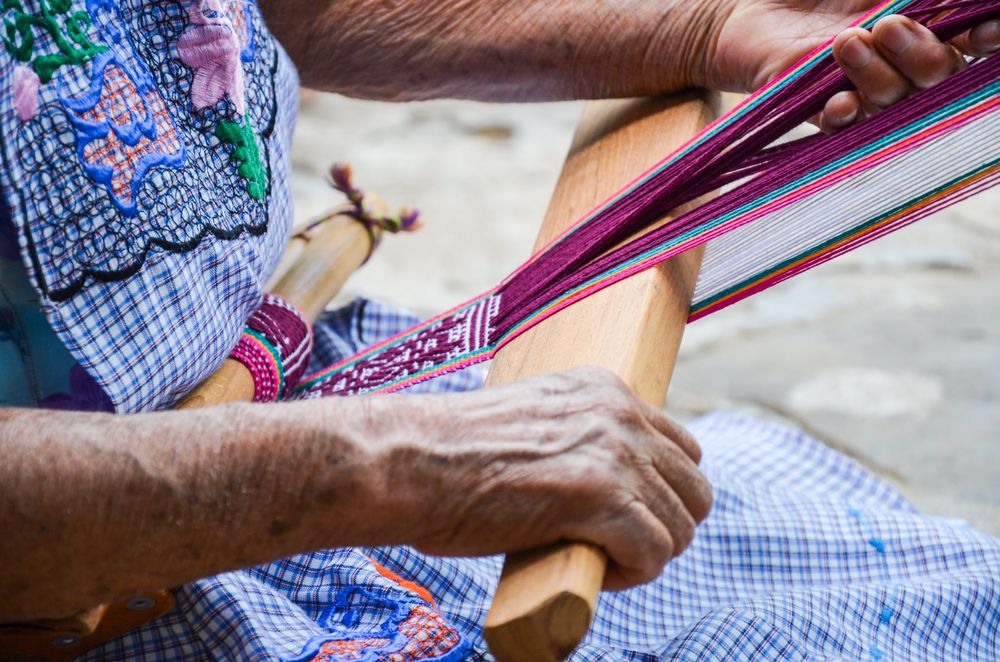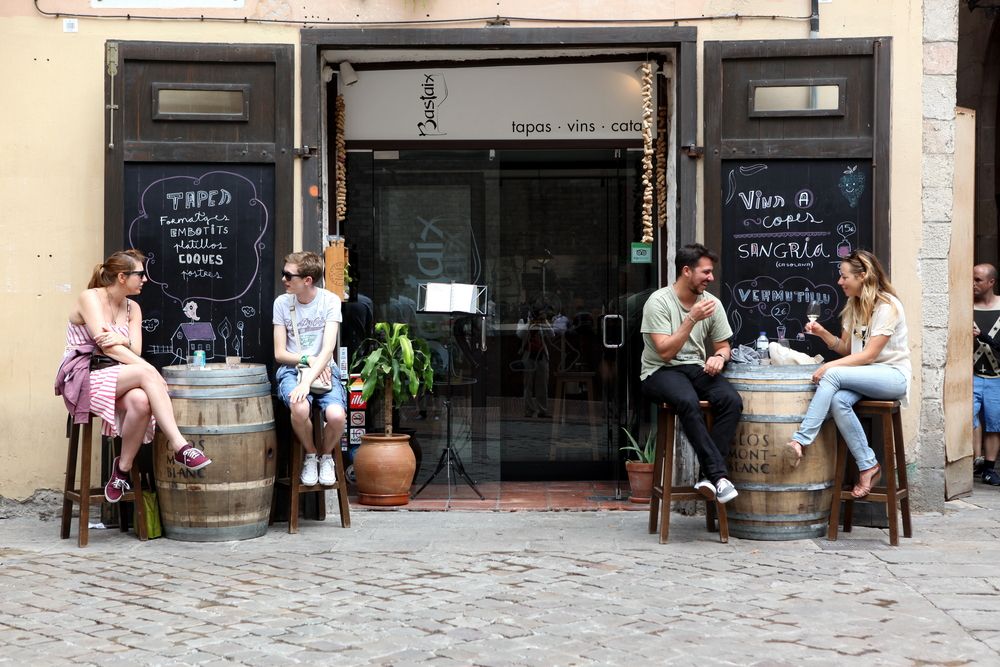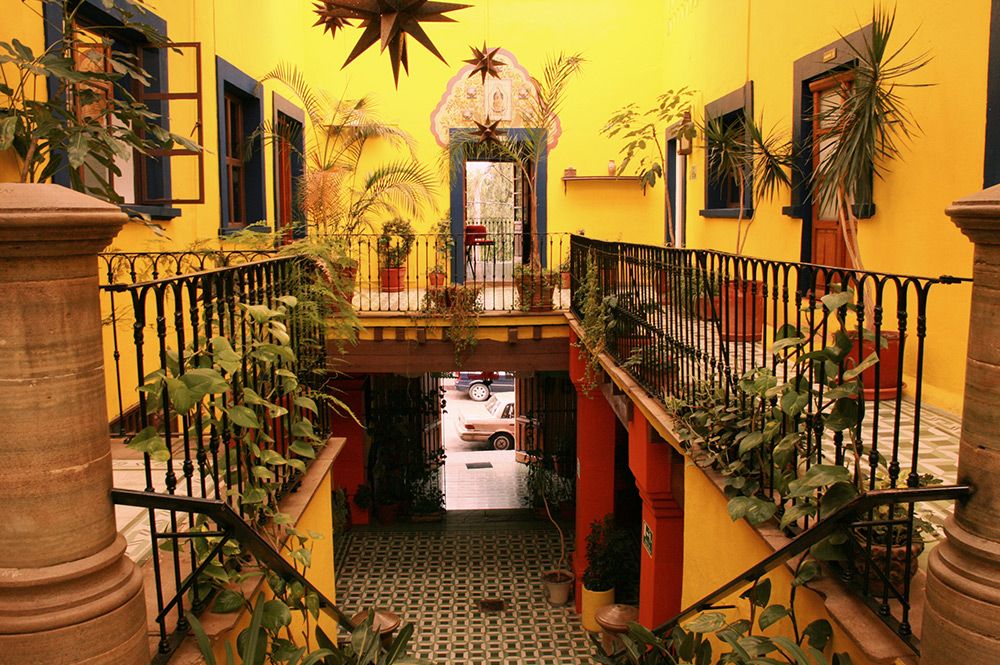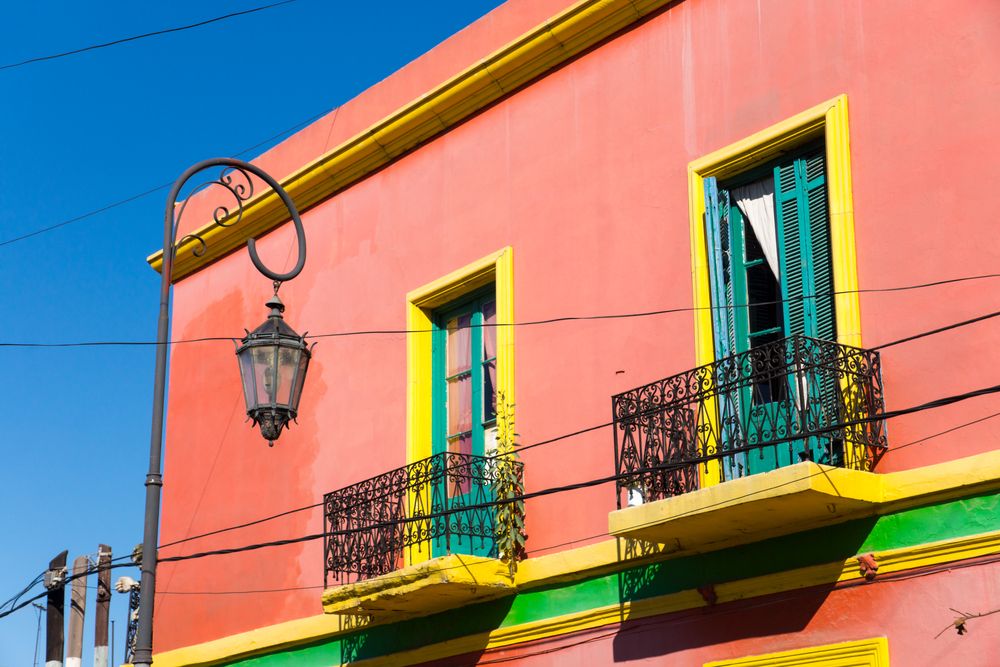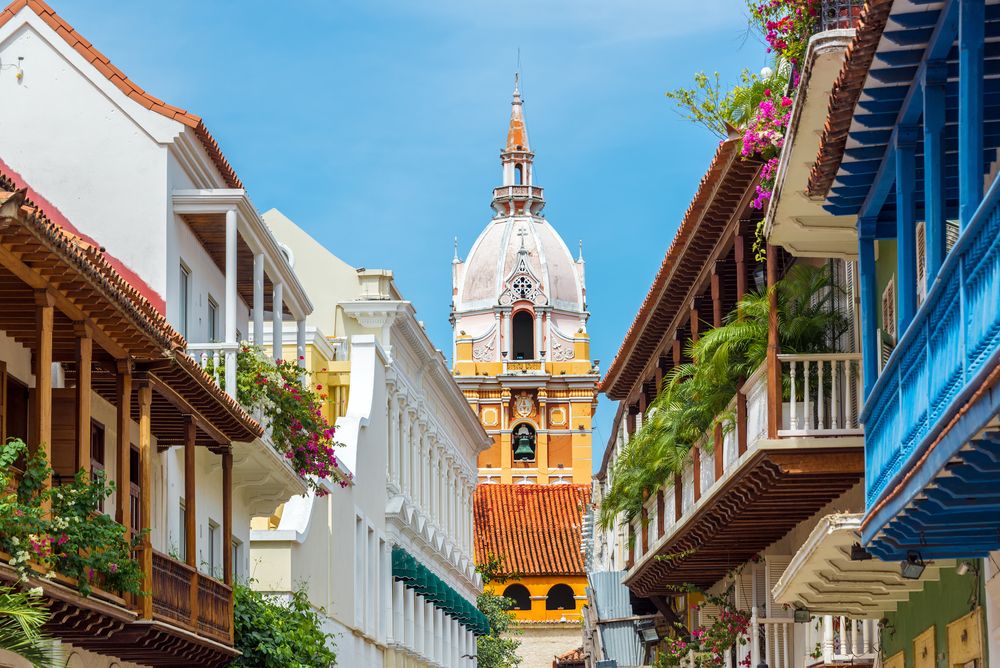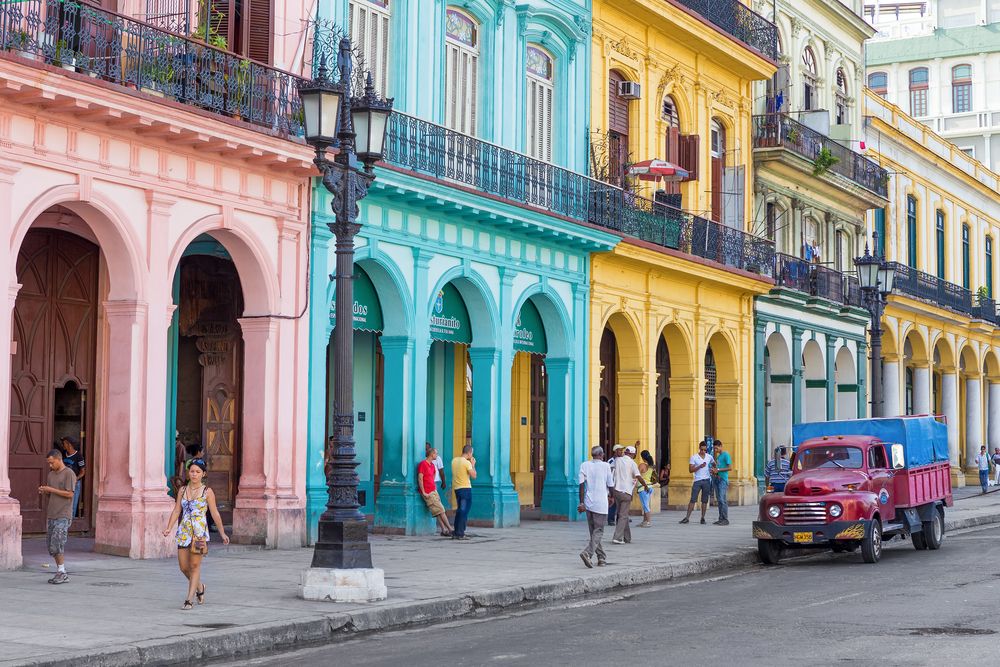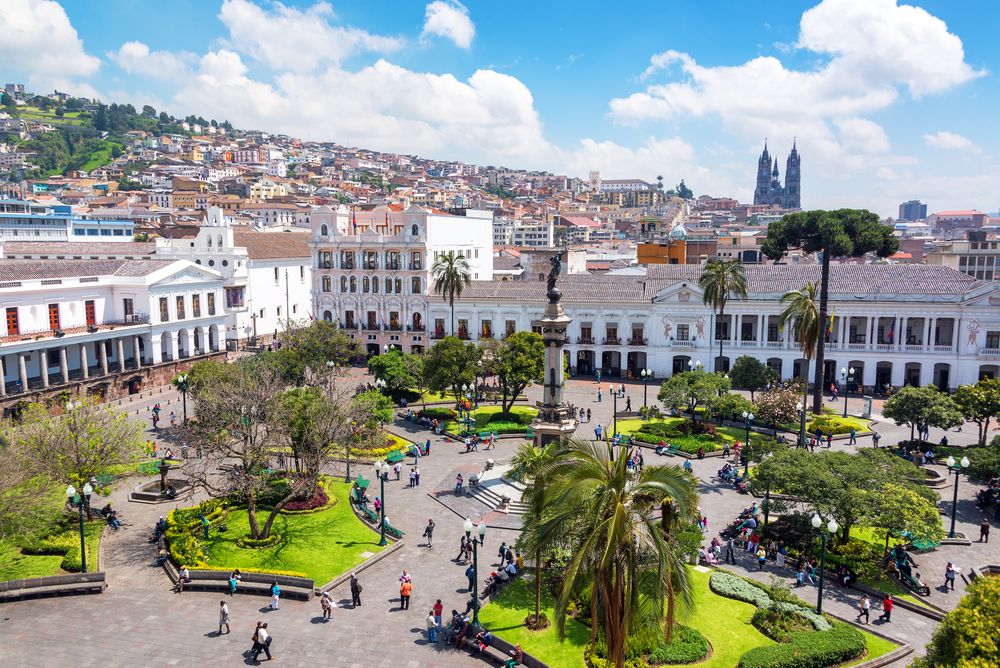enforex_pages_landing_block_dcc0c8a1-0a33-47ae-9cd6-91bb73d5079e
Museums, parks, restaurants for every taste (and budget), a fun-filled nightlife, different shopping areas, markets and festivals to enjoy… Madrid has it all! Well, almost. In the words of a popular local ska band from the 1980s, 'Aquí no hay playa' (there’s no beach here). So, with summer temperatures approaching 100 degrees, it’s important to always have a plan B to escape the heat.
Read the article in Spanish here.
Here are a few different ideas to keep up your sleeve in Madrid:
Pick a favorite park
El Retiro is hands down the most famous park in the capital of Spain. Aside from the sunny, crowded area around the square lake, its shady paths offer a breath of fresh air, perfect for the hottest part of the day. But Madrid has lots of other parks — this summer, why not try to find your favorite?
Oeste Park is the closest to our don Quijote school in Madrid, and here you can admire an authentic Egyptian temple or take the gondola lift to see Madrid from the skies. The ride will carry you all the way to Casa de Campo, the capital’s largest green space, ideal for exercising, rowing in the lake, or visiting the Amusement Park. Casa de Campo is linked to yet another park, Madrid Río, where you can hop on a bike or strap on your rollerblades and make your way to an exhibition at the Matadero Contemporary Art Center. If you want to keep it laid-back, take metro line 5 to Capricho Park, a romantic garden full of surprises, from a miniature fort (complete with a moat) to a bunker where the Republican government took shelter during the Spanish Civil War.
Make a splash!
Yeah, we know… there’s no beach in Madrid. That means the many pools you’ll find in and around the capital are the place to be when the heat is too overwhelming. If you’re looking for something close by, your best bet is to go to one of the city’s public pools, spread out across the different neighborhoods. If you’re up for a bit of a trek, we recommend you take a trip to the mountains to dip in some natural pools, either in Cercedilla, roughly an hour away by car, or Rascafría, about 15 minutes farther.
If you’re craving something more chic (and also more expensive), several hotels in downtown Madrid will let you spend the day soaking in their pools. Hotel Emperador, right on Gran Vía, features one of the city’s most popular rooftop pools along with spectacular panoramic views of the city.
Cool off with culture
One of Madrid’s many museums could be the ideal plan for a hot summer afternoon, with air conditioning, entertainment, and culture all in one. As you probably already know, the Spanish capital is home to one of the world’s best museums featuring European painters: the Prado. If contemporary art is more your style, the Reina Sofía Museum is just a short walk away, housed in a former hospital with a refreshing patio where you can take a break between rooms.
Why not stray from the beaten path and visit some of Madrid’s lesser-known museums? Try the Cerralbo Museum, located in a charming and luxurious 19th-century palace, or the ABC museum, which organizes interesting illustration exhibitions. Step inside the Sorolla Museum for a look at the painter’s house and studio in Madrid, complete with a beautiful garden and fountains, or stop by the Garment Museum, next to Oeste Park, for a trip through the history of clothes.
Looking for something a little different? Go back in time with the Platform Zero project: you can visit the old Chamberí metro station, restored to look the same as it did the day it was closed to the public in 1966, and the Nave de Motores de Pacífico, an electric power plant dating back to the 1920s.
Join the party
If there’s one thing that stands out about summers in Madrid, it’s the string of typical fiestas celebrated in the different neighborhoods and lasting long into the night. For an authentic Spanish experience, don’t miss La Paloma, a verbena or open-air festival celebrated the week of August 15 in La Latina. You’ll enjoy learning to dance the chotis alongside madrileños in their traditional chulapo dress (it’s the easiest dance in the world, we promise.) The most refreshing fiesta is the almost 40-year-old Batalla Naval de Vallecas — the enormous water fight will leave you as happy as you are soaking wet.
Maybe visiting Madrid in the summer isn’t such a bad idea, right? Trust us, you’ll have a blast. This list is just the beginning: you still have to eat at one of the city’s many restaurants with terraces, enjoy the ambience of the trendy Mercado de Motores, and hear live music at outdoor concerts in the Sabatini Gardens or the Complutense University Botanical Gardens.






